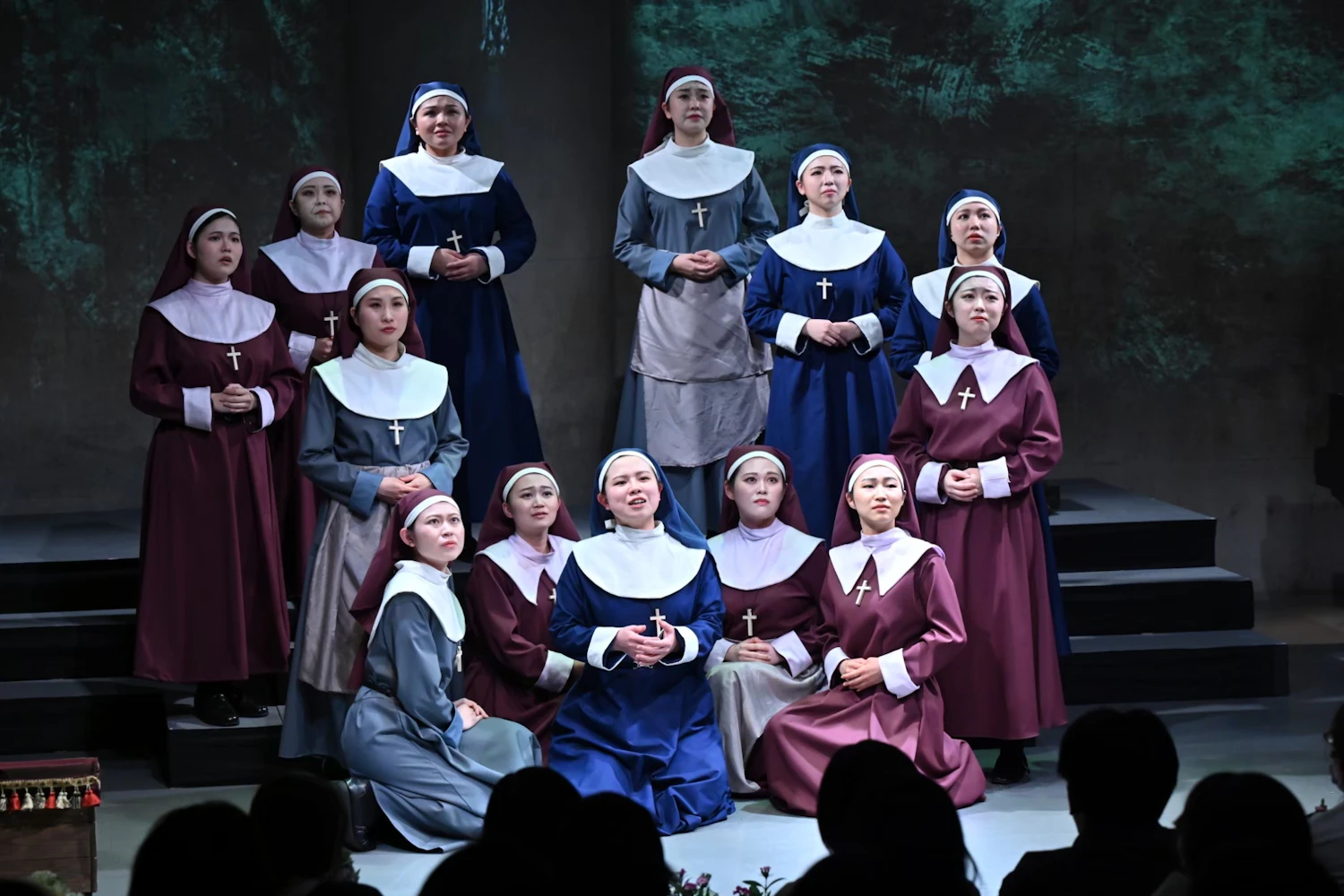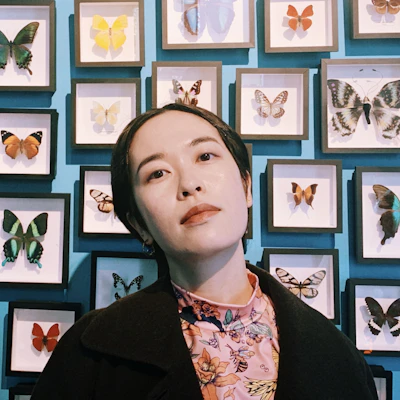12.22MON
2024.04.02
Relay Column: Intention in Costume, or the Beloved Profession (Haruna Aikawa)

PROFILE

Haruna Aikawa
Born in 1994 in Minamichita town, Aichi prefecture. She works as a costume designer for various opera companies including the young opera company Novanta Quattro.
I received a baton from Yasuhiro Ito, whom I have been working with behind the scenes of opera for a while, and I am going to write an article. I am Haruna Aikawa.
As a costume designer, I mainly create costumes for opera stages.
In this article, I would like to discuss the theme of 'the effect of costumes in opera (and theatre)'.
Before I begin, considering that this series is themed on 'Fashion & IT', I want to briefly explain the difference between fashion and costumes, according to my understanding.
While fashion is a manifestation of one's self, expressing how we want to be seen by others, a costume only carries the intention of what we want to show to others.
However, that doesn’t imply that fashion and costumes are different things. A costume designer expresses their own opinion by imagining what the character would wear and how to show that to the audience. In this sense, it would be better to say that the costume designer imagines the character's ego and thinks about fashion.
CONCEPT VIDEO
"fashion tech news" Unveils New Logo & Concept Video
TOP ARTICLES
RELATED ARTICLES
CONCEPT VIDEO
"fashion tech news" Unveils New Logo & Concept Video
CONTACT
If you have any questions or enquiries, please enter your details in the form below.








.jpg?w=400&fm=webp)

.jpeg?w=400&fm=webp)







.png?w=400&fm=webp)


